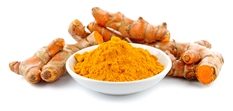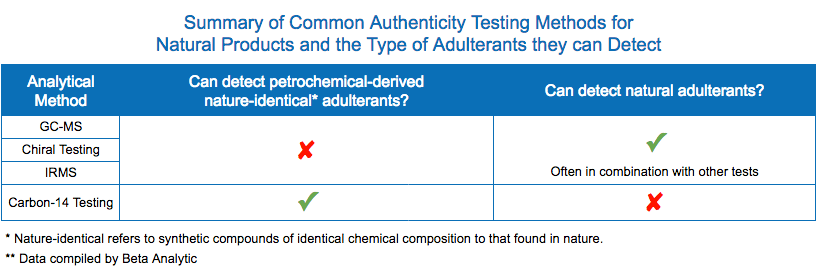Natural vs Synthetic – Turmeric Adulteration
 A recent bulletin from the American Botanical Council highlights the key adulteration challenges facing turmeric, along with information about the market, safety considerations and scientific analysis. Turmeric adulteration was first reported in the 1970s. As the author Ezra Bejar, PhD, summarized, “the adulteration of this plant species is an extensive, complex and multifactorial enterprise driven by economic incentive”.
A recent bulletin from the American Botanical Council highlights the key adulteration challenges facing turmeric, along with information about the market, safety considerations and scientific analysis. Turmeric adulteration was first reported in the 1970s. As the author Ezra Bejar, PhD, summarized, “the adulteration of this plant species is an extensive, complex and multifactorial enterprise driven by economic incentive”.
Turmeric as a dietary supplement has grown in popularity over recent years. This is largely owing to the active curcuminoid species it contains, notably curcumin, which are reported to have health benefits including antioxidant properties and preventing cardiovascular disease. The high demand for turmeric and curcumin supplements has made these products susceptible to economically-motivated adulteration.
Petrochemical-derived Curcumin
One adulteration method is the use of synthetic petrochemical-derived curcumin in place of natural, extracted curcumin. The synthetic curcumin can be sold for a third of the price, offering a significant financial incentive.
The bulletin states that carbon-14 testing is the most effective method to detect this type of adulteration as it can accurately differentiate between plant-derived and petroleum-derived material. According to Dr. Bejar, “with help of this analytical technology, industry laboratories can detect samples containing synthetic curcumin in the marketplace, a practice which is leading to legal battles and a re-definition of turmeric adulteration practices.”
There are two standards that can be used to determine the percentage of natural vs synthetic ingredients in turmeric powder and curcumin supplements – ASTM D6866 and ISO 16620-2 8.3.2: biobased carbon content as a fraction of total carbon (TC) or total organic carbon (TOC).
Turmeric Adulteration
Synthetic dyes such as metanil yellow and lead chromate are also on the radar for adulteration as they mimic turmeric’s distinctive yellow color. These dyes are a concern for the industry. According to the bulletin, addition of these colorants may pose a safety risk and these ingredients are not accepted food-coloring agents according to international regulatory authorities.
Other known turmeric adulterants include other Curcuma species containing curcumin, starches like cassava, talc or chalk powder.
The wide spectrum of adulteration practices paired with the various analytical techniques needed to detect them highlight the complexity and importance of stringent quality assurance for turmeric products and curcumin supplements.
Beta Analytic – Natural vs Synthetic Testing
ISO/IEC 17025-accredited Beta Analytic provides high-quality carbon-14 testing to detect synthetic petrochemical-derived adulteration of products claiming to be 100% naturally sourced. Beta Analytic reports results according to ASTM D6866 or ISO 16620-2 depending on the client’s requested standard.
Reference:
E. Bejar, 2018, Turmeric (Curcuma longa) Root and Rhizome, and Root and Rhizome Extracts, American Botanical Council, (accessed June 2018).
This entry was posted on Monday, July 9th, 2018 and is filed under Natural Product Testing, Supplement Carbon-14 Testing .
